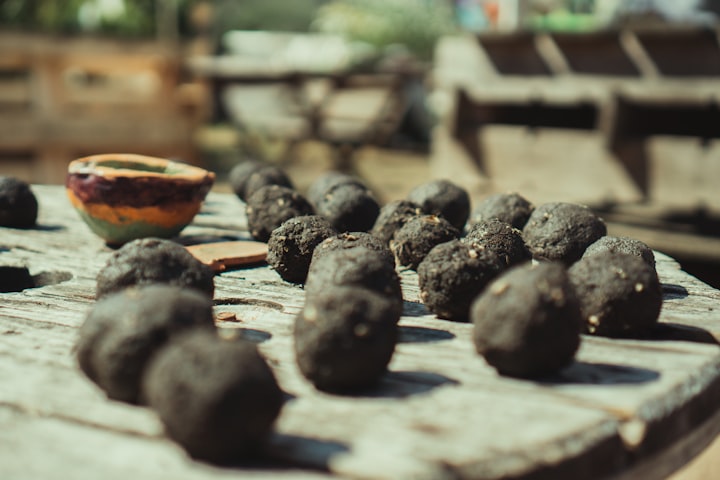
In the concrete jungles of our modern cities, a quiet revolution is taking root. It's called guerrilla gardening, a form of activism that involves planting in neglected public spaces to transform them into verdant oases. Armed with trowels, seeds, and a passion for greenery, guerrilla gardeners are on a mission to reclaim urban landscapes and breathe life back into our ecosystems.
Guerrilla gardening is more than just a green-fingered hobby; it's a powerful tool for ecological restoration. By planting in unused or neglected spaces, guerrilla gardeners help to increase urban greenery, which has numerous benefits for the ecosystem.
Firstly, plants act as natural air purifiers, absorbing carbon dioxide and releasing oxygen. This process helps to mitigate the effects of air pollution, a common issue in urban areas. Moreover, plants can also absorb harmful pollutants like nitrogen dioxide and particulate matter, improving air quality and human health.
Secondly, guerrilla gardening can enhance biodiversity within cities. By planting a variety of native plants and wildflowers, these green activists create habitats for a range of insects, birds, and small mammals. These mini ecosystems can serve as stepping stones for wildlife, connecting isolated green spaces and enabling species to move across urban areas.
Seed bombs, a favorite tool of guerrilla gardeners, play a crucial role in this process. These small balls of clay, compost, and seeds can be easily thrown into hard-to-reach areas, where they germinate and grow into a variety of plants. Not only do they add color and beauty to urban spaces, but they also provide food and habitat for pollinators like bees, butterflies, and birds, which are essential for plant reproduction and overall ecosystem health.
Lastly, guerrilla gardening can help to mitigate the urban heat island effect, where city areas are significantly warmer than surrounding rural areas due to human activities. Plants absorb sunlight and use the energy to convert carbon dioxide into oxygen, a process known as photosynthesis. This reduces the amount of heat absorbed by concrete and asphalt, helping to cool down urban areas.
Guerrilla gardening is a green rebellion with the power to transform our urban landscapes and ecosystems. It's a testament to the fact that every one of us can make a difference, one seed bomb at a time. So, why not join the movement? Grab a trowel, a handful of seeds, and start your own green revolution today. After all, in the fight against climate change and biodiversity loss, every plant counts.
Bees: The Buzzing Beneficiaries of Guerrilla Gardening

In the heart of this green revolution, bees emerge as one of the most significant beneficiaries. These industrious insects, often underappreciated, play a crucial role in our ecosystems as primary pollinators. However, urbanization and habitat loss have put their survival at risk, leading to a worrying decline in bee populations worldwide.
Guerrilla gardening serves as a lifeline for these buzzing creatures. By planting a diverse range of native wildflowers, guerrilla gardeners create a smorgasbord of nectar and pollen, essential food sources for bees. These urban meadows offer bees a rich feeding ground, helping to boost their nutrition and overall health.
Moreover, these guerrilla gardens provide much-needed nesting and overwintering sites for bees. Many species of bees are solitary and require individual nesting sites, which can be found in the stems of plants or in the ground. By creating diverse green spaces, guerrilla gardeners help to ensure that bees have a place to call home.
But the benefits are not one-sided. In return for the food and habitat that guerrilla gardens provide, bees pollinate the plants, ensuring their reproduction and survival. This symbiotic relationship between bees and plants is a testament to the intricate interdependencies within our ecosystems.
In essence, guerrilla gardening is a win-win for both bees and humans. It's a testament to how, with a bit of creativity and a handful of seeds, we can create spaces that nurture life and add a touch of beauty to our urban landscapes. So, the next time you see a bee buzzing around a patch of wildflowers in the city, remember that it's a small sign of a big revolution.
About the Creator
Triond
Check out our websites/blogs:
Triond.net






Comments
There are no comments for this story
Be the first to respond and start the conversation.